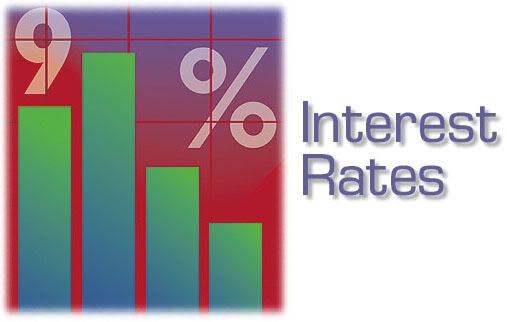What Do The Interest Rate Cuts Mean To YOU?
 The Fed lowered interest rates again this week, and the media again began buzzing about the real estate market. But – when it comes to you and me – what do these lower interest rates really mean? Here are some examples:
The Fed lowered interest rates again this week, and the media again began buzzing about the real estate market. But – when it comes to you and me – what do these lower interest rates really mean? Here are some examples:
Homeowners: If you already have an adjustable-rate mortgage (ARM) on a home, you could save hundreds of dollars a month if your loan is pegged to Treasury rates, which have fallen considerably thanks to the Fed's recent cuts. The catch is that many buyers in more expensive areas resort to “jumbo loans,” which are typically pegged to slower-moving indexes that remain elevated. If you have a fixed-rate mortgage (not a jumbo loan), you could consider the cost of re-financing (think origination fees, appraisal fees, closing costs) against the savings of a lower interest rate for your monthly payment.
Borrowers: Several banks lowered their prime rate, which forms the foundation for car loans, home equity lines and other loans. But you must carry a whopping $5,000 credit card balance to save just $12.50 annually from a quarter-point rate cut.
Consumers: Lower rates threaten to boost inflation and the price of imports. So far, inflation has been held in check, and foreign companies generally are holding the line on prices.
Savers: Falling interest rates normally would whack rates on CDs and other savings. But the cash crunch has spurred many banks to prop up such rates.
Travelers: International vacations and business trips cost more because the dollar has sagged in the wake of the Fed's cuts. But it could be buoyed if other central banks trim rates.
In short, unless you are about to purchase a new home and can take advantage of the new lower interest rates by locking in a fixed-rate mortgage now, you may not end up seeing a whole lot of benefit to the interest rate cuts.
For more information about










